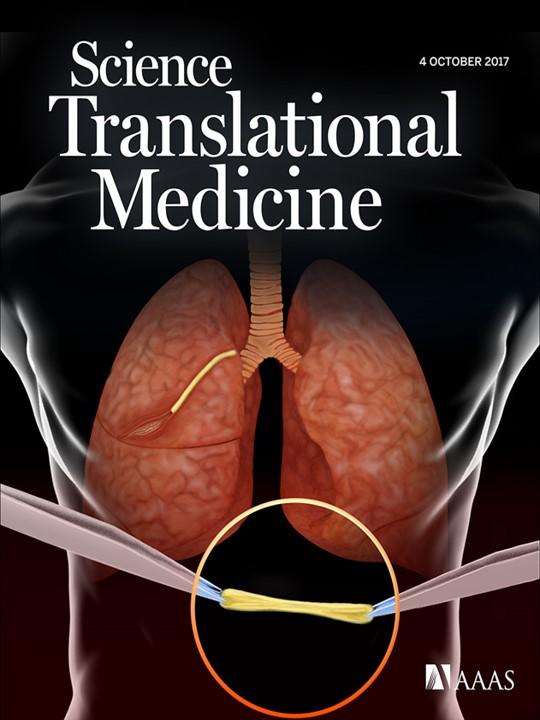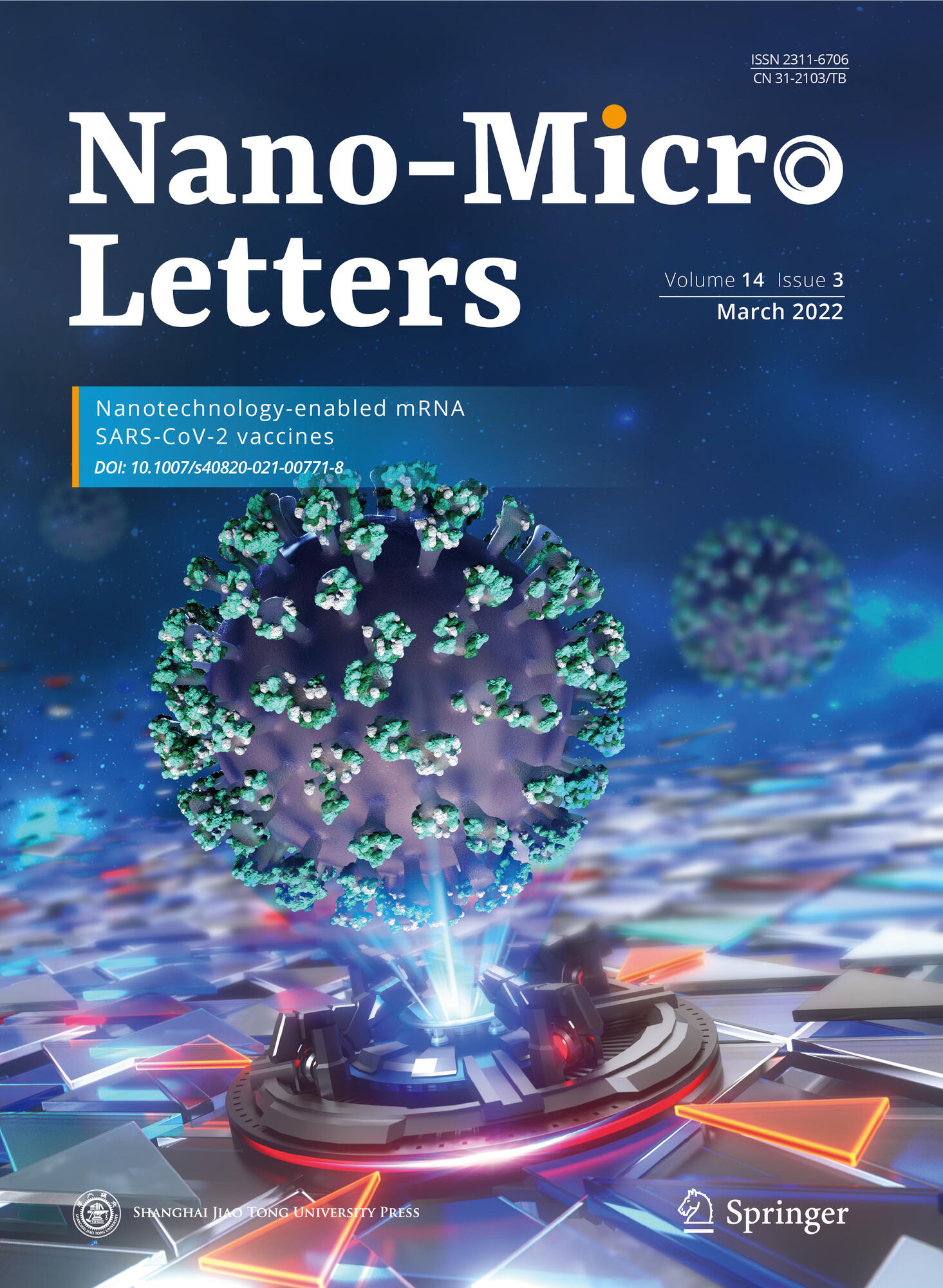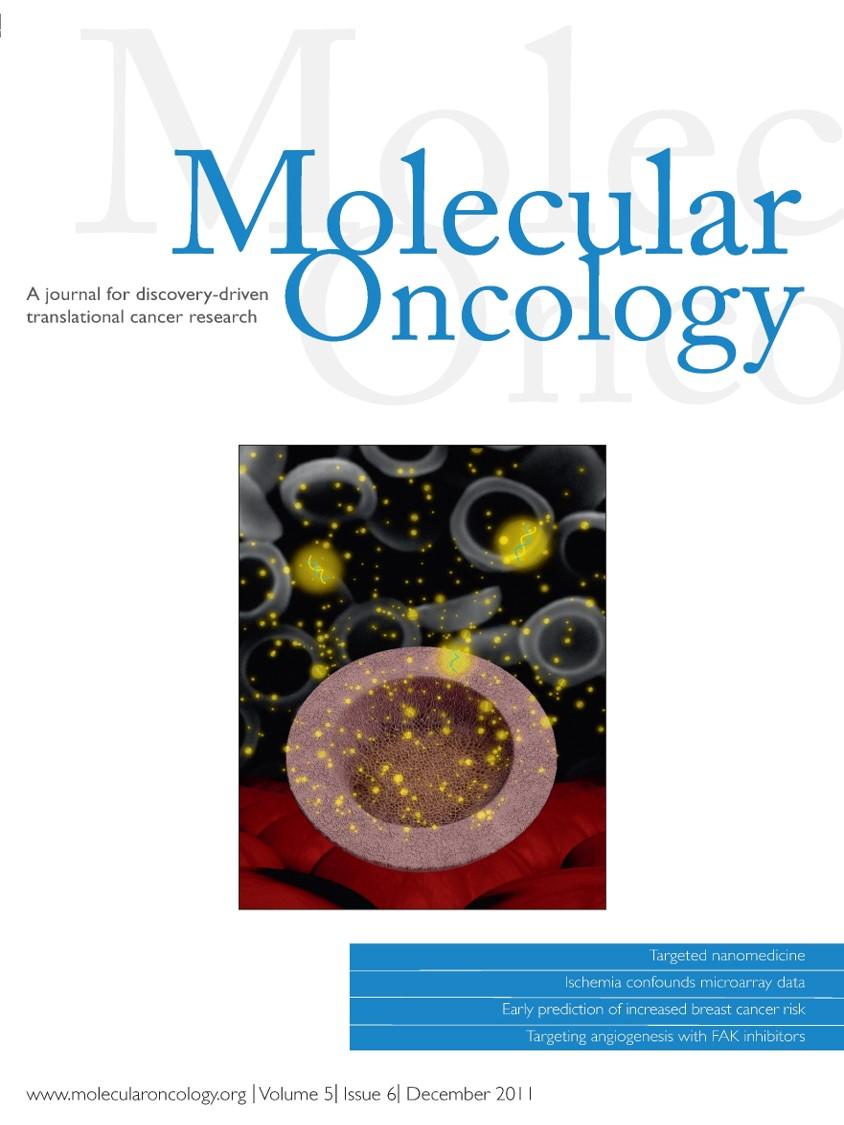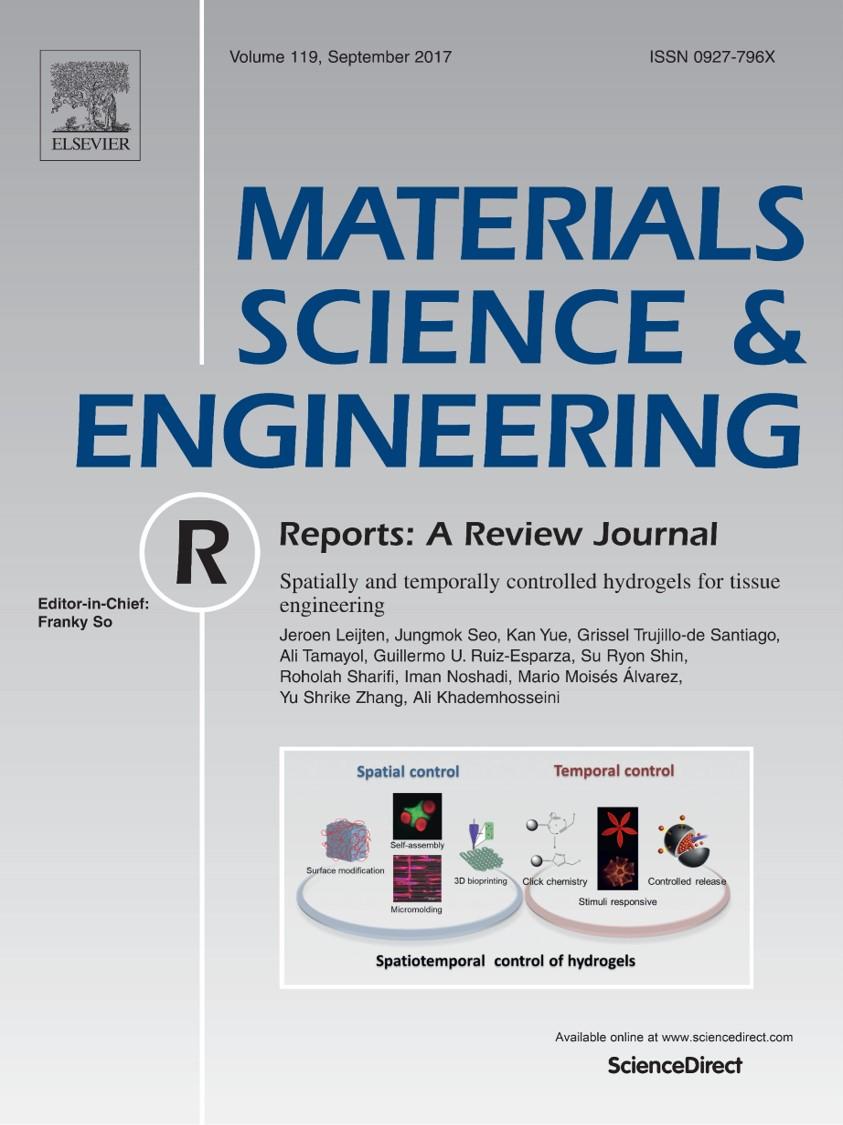Citation:
Ruiz-Esparza GU, Wang X, Zhang X, Jimenez-Vazquez S, Diaz-Gomez L, Lavoie AM, Afewerki S, Fuentes A, Parra-Saldivar R, Jiang N, Annabi N, Saleh B, Yetisen AK, Sheikhi A, Jozefiak TH, Shin SR, Dong N, and Khademhosseini A. 10/18/2021. “
Nanoengineered Shear-thinning Hydrogel Barrier for Preventing Postoperative Adhesions.” Nano-Micro Letters.
Link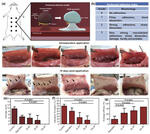
Abstract:
More than 90% of surgical patients develop postoperative adhesions, and the incidence of hospital re-admissions can be as high as 20%. Current adhesion barriers present limited efficacy due to difficulties in application and incompatibility with minimally invasive interventions. To solve this clinical limitation, we developed an injectable and sprayable shear-thinning hydrogel barrier (STHB) composed of silicate nanoplatelets and poly(ethylene oxide). We optimized this technology to recover mechanical integrity after stress, enabling its delivery though injectable and sprayable methods. We also demonstrated limited cell adhesion and cytotoxicity to STHB compositions in vitro. The STHB was then tested in a rodent model of peritoneal injury to determine its efficacy preventing the formation of postoperative adhesions. After two weeks, the peritoneal adhesion index was used as a scoring method to determine the formation of postoperative adhesions, and STHB formulations presented superior efficacy compared to a commercially available adhesion barrier. Histological and immunohistochemical examination showed reduced adhesion formation and minimal immune infiltration in STHB formulations. Our technology demonstrated increased efficacy, ease of use in complex anatomies, and compatibility with different delivery methods, providing a robust universal platform to prevent postoperative adhesions in a wide range of surgical interventions.


